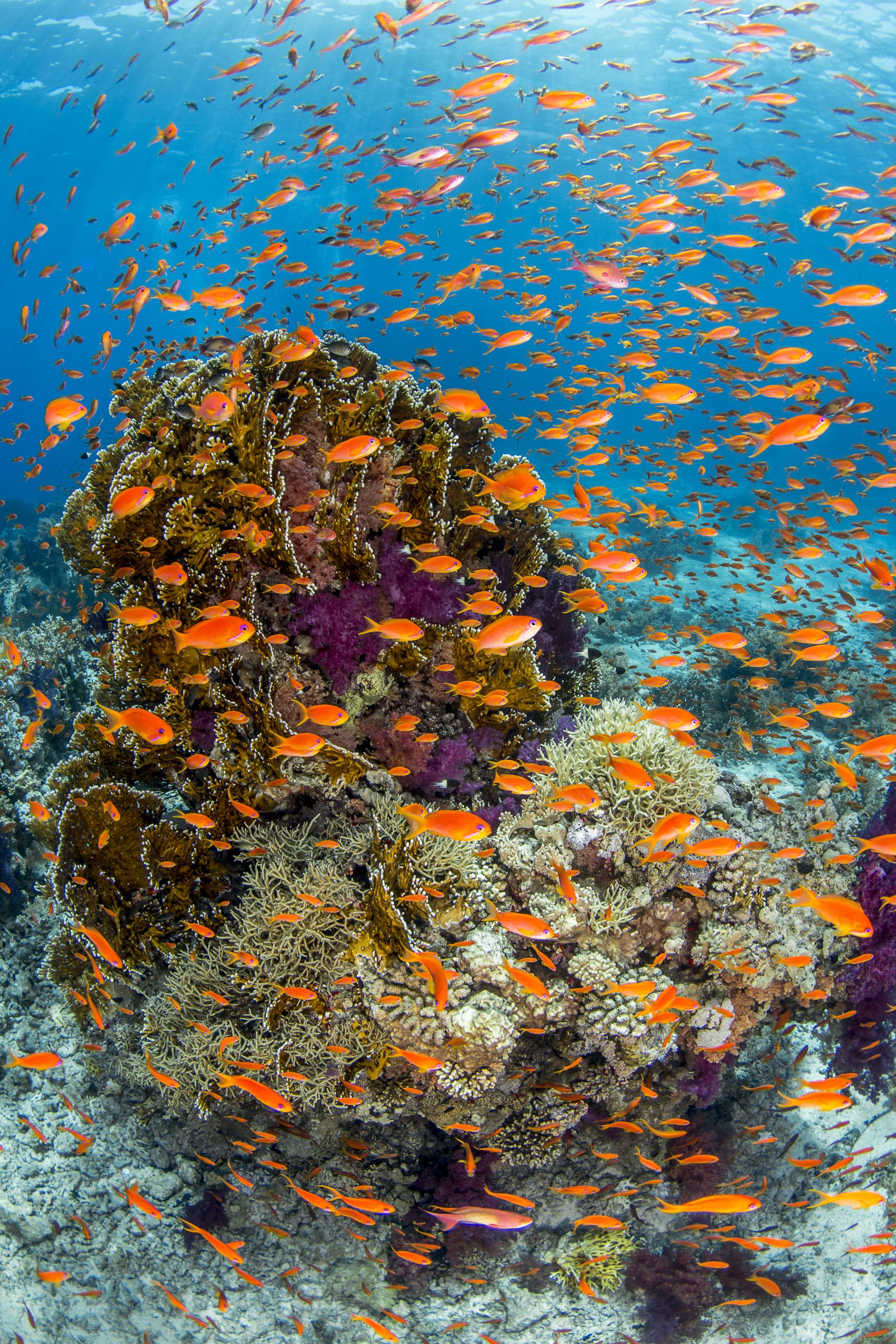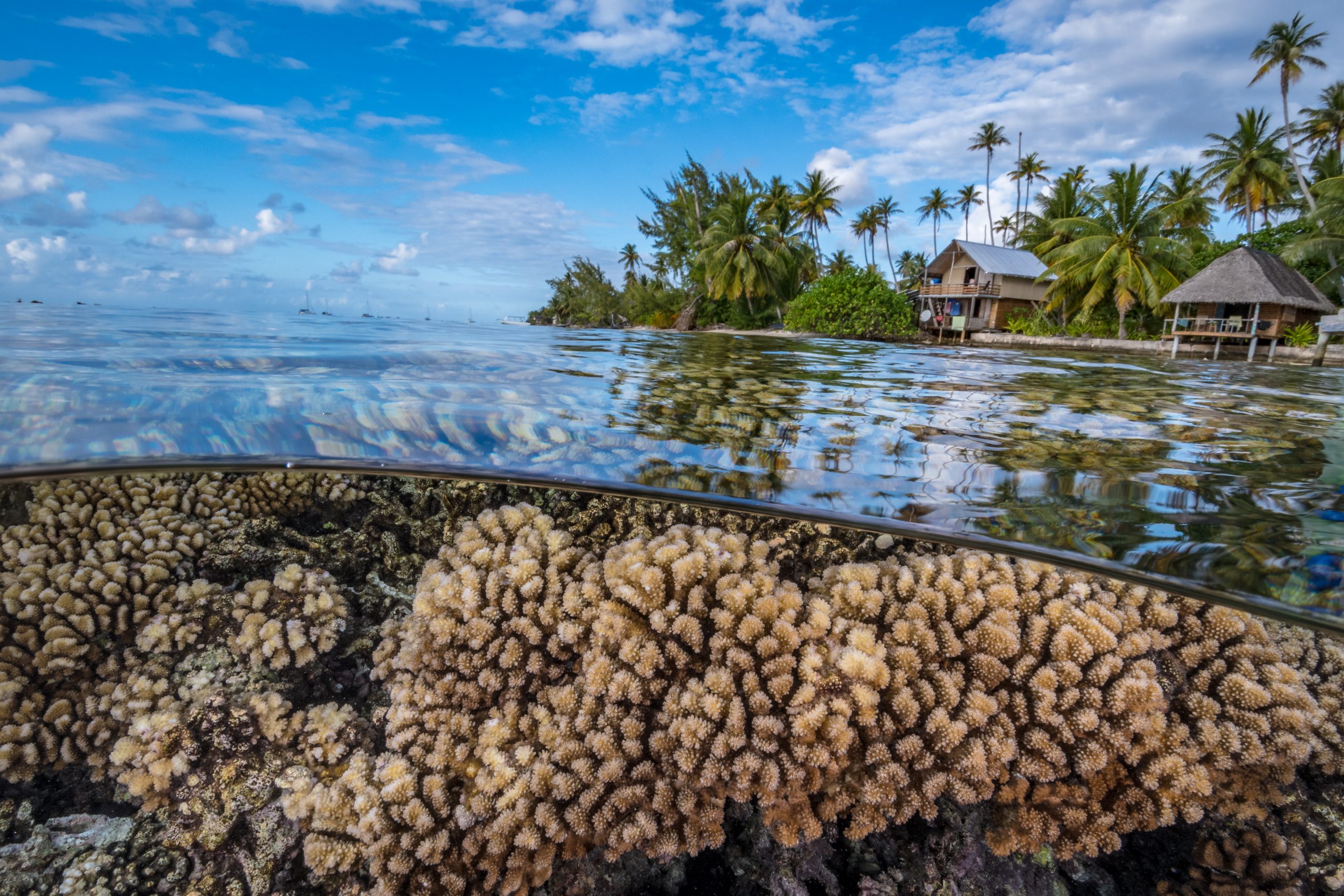Following the June 2023 in-person meeting hosted in Cali, Colombia, the members of the Eastern Tropical Pacific node decided to meet on bi-monthly online meetings. These regular virtual sessions were considered necessary to maintain the cohesion of the regional network and for members to share their observations about the impacts of the 2023 marine heatwave on coral reefs of the Eastern Tropical Pacific. Therefore, the coordinators of the node organised an online meeting on November 15th, 2023. Most members of the node, including the 15 country coordinators, participated in the discussions and six new node members were introduced at the beginning of the meeting.
A large part of the meeting was dedicated to the marine heatwaves linked to the positive phase of ENSO (i.e. El Nino). Derek Manzello from the National Oceanographic and Atmospheric Administration (NOAA) first presented the Coral Reef Watch bleaching alert level system and the Degree Heating Weeks (DHW) values reached for the six virtual NOAA stations setting up in the Eastern Tropical Pacific. For five of these stations, the values exceeded 12 DHW which correspond to alert level 3 and a risk of mortality for multiple hard coral species. Each of the country coordinators then presented their recent observations of coral condition, which ranged from limited bleaching observed in some reefs of the Galapagos, to widespread bleaching and sometimes mortality in certain coral reefs of Mexico.
Colombian Pacific Coral Reefs, Eastern Tropical Pacific. Credit: Fernando A. Zapata
The Eastern Tropical Pacific node coordinators took advantage of this online meeting and also shared news from the September GCRMN steering committee meeting with participants. Discussions focused on scoping the next global report, and on coordination with the core team for the nomination of experts for the data task force and Eastern Tropical Pacific coordinators for SocMon.
Finally, the online meeting provided participants with the opportunity to outline future actions related to collaborative research in the region. This included the development of funding proposals, sharing of benthic and fish indicator data, and writing of scientific publications.






